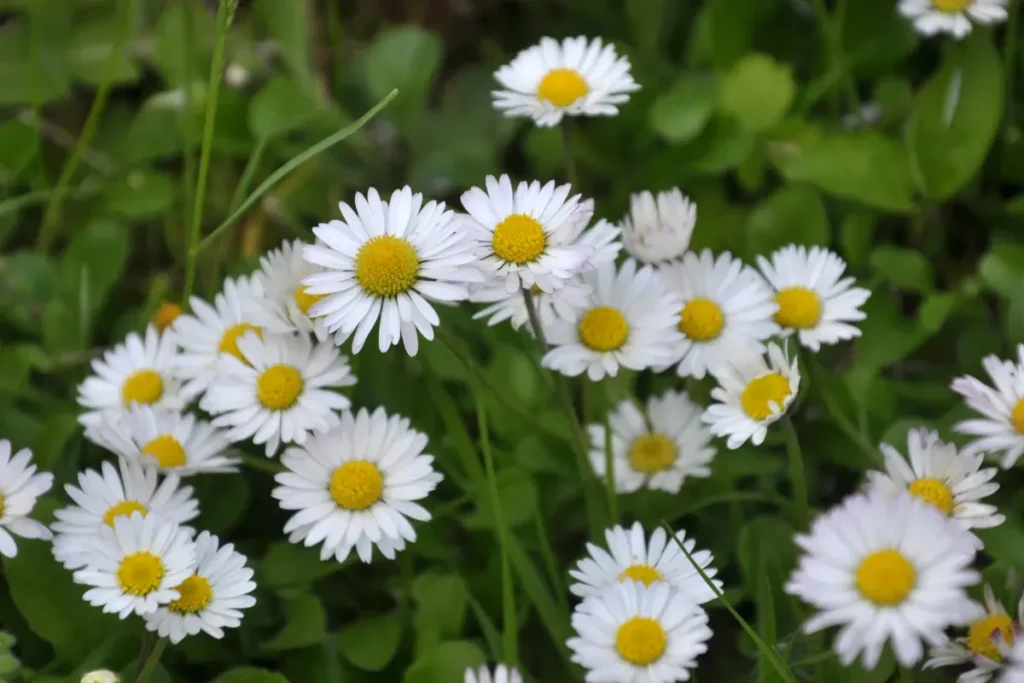A perennial flower garden can transform any landscape, offering vibrant blooms that return year after year.
Unlike annuals, which must be replanted each season, perennials come back and often grow larger and more robust over time.
Creating a perennial garden requires careful planning and knowledge of plant varieties, soil conditions, and garden maintenance.
Here are some essential tips to help you create a stunning perennial garden that will thrive for years.
Understanding Perennials

Perennials are plants that live for more than two years, going dormant during the winter and regrowing in the spring.
Knowing the lifecycle of perennials is essential for planning a garden with year-round appeal.
Popular perennials include peonies, daylilies, coneflowers, and hostas.
Each plant has unique needs and growth patterns, so research the specific requirements of your chosen plants.
Planning Your Garden Layout
A well-designed layout is crucial for a successful perennial garden. Start by considering the garden’s location and the amount of sunlight it receives.
Most perennials thrive in full sun (6-8 hours of sunlight), while some prefer partial or full shade.
Create a garden map, noting sunny and shady areas, and plan plant placement accordingly.
Garden Zones: Divide your garden into zones based on plant height, bloom time, and color.
Place taller plants at the back or center of an island bed, with shorter plants in front to ensure all receive adequate sunlight and visibility.
Consider bloom times to ensure continuous color throughout the season and group plants with similar watering and soil needs for easier maintenance.
Choosing the Right Plants
Selecting the right plants is essential for a thriving garden.
Choose perennials suited to your climate and soil type.
Native plants are often the best choice as they adapt well to local conditions and support local wildlife.
Soil Preparation: Conduct a soil test to determine its pH and nutrient levels.
Most perennials prefer well-drained soil with a pH between 6.0 and 7.0. Amend the soil with organic matter, such as compost or aged manure, to improve its structure and fertility.
Good soil preparation provides a strong foundation for your plants to grow and thrive.
Design Principles
Incorporate basic design principles to enhance the beauty of your perennial garden.
Color Schemes: Consider color schemes when planning your garden.
Harmonious colors, like varying shades of a single color, create a serene look, while contrasting colors, like blue and orange, add excitement.
Plant in drifts or clusters for a more natural and impactful display.
Texture and Form: Mix different textures and forms to add depth and interest.
Combine plants with varying leaf shapes and sizes and include both upright and spreading forms.
For instance, the spiky leaves of irises contrast beautifully with the broad, rounded leaves of hostas.
Focal Points and Pathways: Incorporate focal points like a garden bench, sculpture, or birdbath to draw the eye and provide visual interest.
Pathways enhance aesthetics and allow easy access for maintenance.
Use materials that complement the garden’s style, such as gravel, brick, or stepping stones.
Planting and Spacing
Proper planting techniques and spacing are crucial for healthy growth.
Follow these steps for successful planting:
Digging the Hole: Dig a hole twice as wide and slightly deeper than the plant’s root ball.
Amending the Soil: Mix the removed soil with compost to improve fertility and drainage.
Planting Depth: Place the plant in the hole so that the top of the root ball is level with the surrounding soil.
Backfilling: Fill the hole with the amended soil, gently firming it around the roots.
Watering: Water the plant thoroughly to settle the soil and eliminate air pockets.
Proper spacing prevents overcrowding, which can lead to poor air circulation and increased disease risk.
Follow the recommended spacing guidelines for each plant to allow enough room for mature growth.
Maintenance Tips
Regular maintenance keeps your perennial garden looking its best.
Watering: Consistent watering is crucial, especially during the first growing season.
Most perennials need about 1 inch of water per week. Water deeply and infrequently to encourage deep root growth.
Mulching helps retain soil moisture and suppress weeds.
Fertilizing: Apply a balanced, slow-release fertilizer in early spring and midsummer. Avoid over-fertilizing, which can lead to excessive foliage growth at the expense of flowers.
Deadheading and Pruning: Removing spent flowers encourages more blooms and prevents self-seeding.
Prune plants to maintain their shape and remove any diseased or damaged growth.
Some perennials, like peonies and irises, may require staking to support heavy blooms.
Dividing Perennials: Many perennials benefit from division every few years to prevent overcrowding and rejuvenate growth.
Divide plants in early spring or fall when the weather is cool.
Dig up the plant, carefully separate the root clumps, and replant the divisions in prepared soil.
Dealing with Pests and Diseases
Use integrated pest management (IPM) techniques to keep your garden healthy.
Encourage beneficial insects, like ladybugs and lacewings, to control pests naturally.
Watch for common pests and diseases, such as aphids, slugs, and powdery mildew, and treat infestations promptly using organic or chemical controls as needed.
Winter Care
Prepare your garden for winter to ensure plants return healthy in the spring.
Cut back dead foliage and remove debris to prevent disease.
Apply a layer of mulch to insulate roots and protect them from freeze-thaw cycles.
In colder climates, consider using burlap or other protective coverings for more tender plants.
Conclusion
Designing a perennial flower garden is a rewarding endeavor that brings year-round beauty and enjoyment.
By carefully planning your garden layout, choosing the right plants, and following proper planting and
maintenance techniques, you can create a stunning perennial garden that thrives for years.
Whether you’re a seasoned gardener or a beginner, these tips will help you achieve a flourishing and visually appealing garden.
Happy gardening!